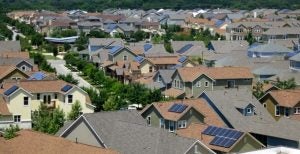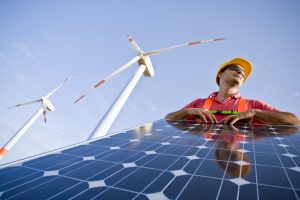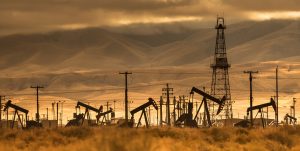 As the hot summer approached, Texas leaders expressed concern about potential blackouts and brownouts. Yet, thoughtful planning, a functional electricity market and clean energy helped ensure the lights stayed on.
As the hot summer approached, Texas leaders expressed concern about potential blackouts and brownouts. Yet, thoughtful planning, a functional electricity market and clean energy helped ensure the lights stayed on.
Power outage concerns
Hotter temperatures and continued population and commercial growth drove record electricity demand this past summer. Additionally, in early 2018, Luminant (now Vistra) shut down three large coal plants – all inefficient and highly-polluting – with a combined capacity of 4,200 megawatts (MW).
The shutdown of these power plants and other changes in the electricity market initially led the state’s electric grid operator, the Electric Reliability Council of Texas (ERCOT), to forecast few electricity-making resources would be available beyond the amount customers would likely demand.














